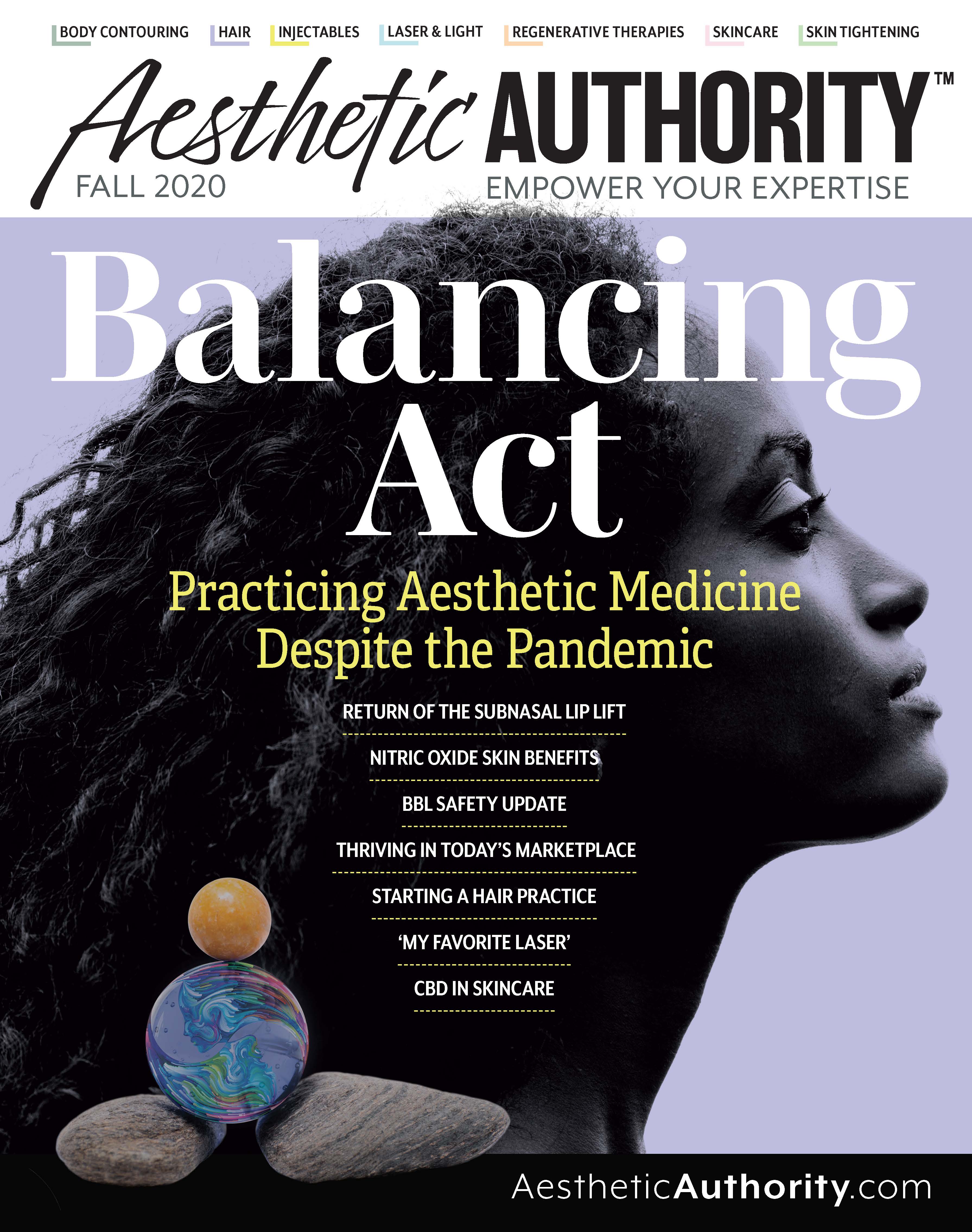- General Dermatology
- Eczema
- Alopecia
- Aesthetics
- Vitiligo
- COVID-19
- Actinic Keratosis
- Precision Medicine and Biologics
- Rare Disease
- Wound Care
- Rosacea
- Psoriasis
- Psoriatic Arthritis
- Atopic Dermatitis
- Melasma
- NP and PA
- Anti-Aging
- Skin Cancer
- Hidradenitis Suppurativa
- Drug Watch
- Pigmentary Disorders
- Acne
- Pediatric Dermatology
- Practice Management
My Favorite Device
Devices are a huge investment and deciding to bring one into your practice is significant. Three Aesthetic Authority EAB members share their favorites.
We asked our Editorial Advisory Board for their input on lasers for this issue: What’s your favorite energy device and why?
The emphasis is on favorite, which can be justified in any way that makes it so: best value, biggest workhorse, best customer service, most profitable, best results, offers novel solutions. This is what they told us.
Articles in this issue

Unlock Your Profit Potential with the Revolutionary PRX Protocol
Strategies for A Successful Hair Practice
Starting a Hair Practice
Balancing Act: Aesthetic Authority Vol.1: No.3
Strength and Success in Our Specialty
Patient Maskne Prevention Tips
Maskne Treatment Protocol
Treating Maskne Inside and Out
Examining CBD Skin Benefits
A Closer Look at CBD
Updates in Laser Hair Removal
Is the Pandemic an Anti-Ager?
Skincare Ingredients: What Does ‘Clean’ Mean?
My Favorite Device
Technologies Offer Body Contouring Alternatives
Related Content
